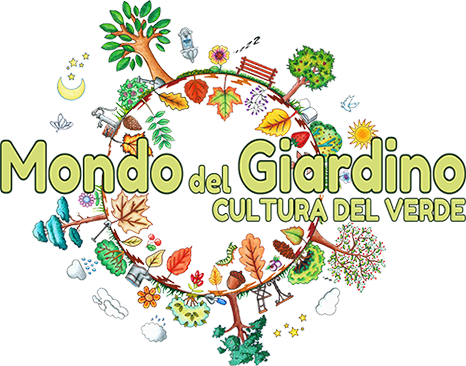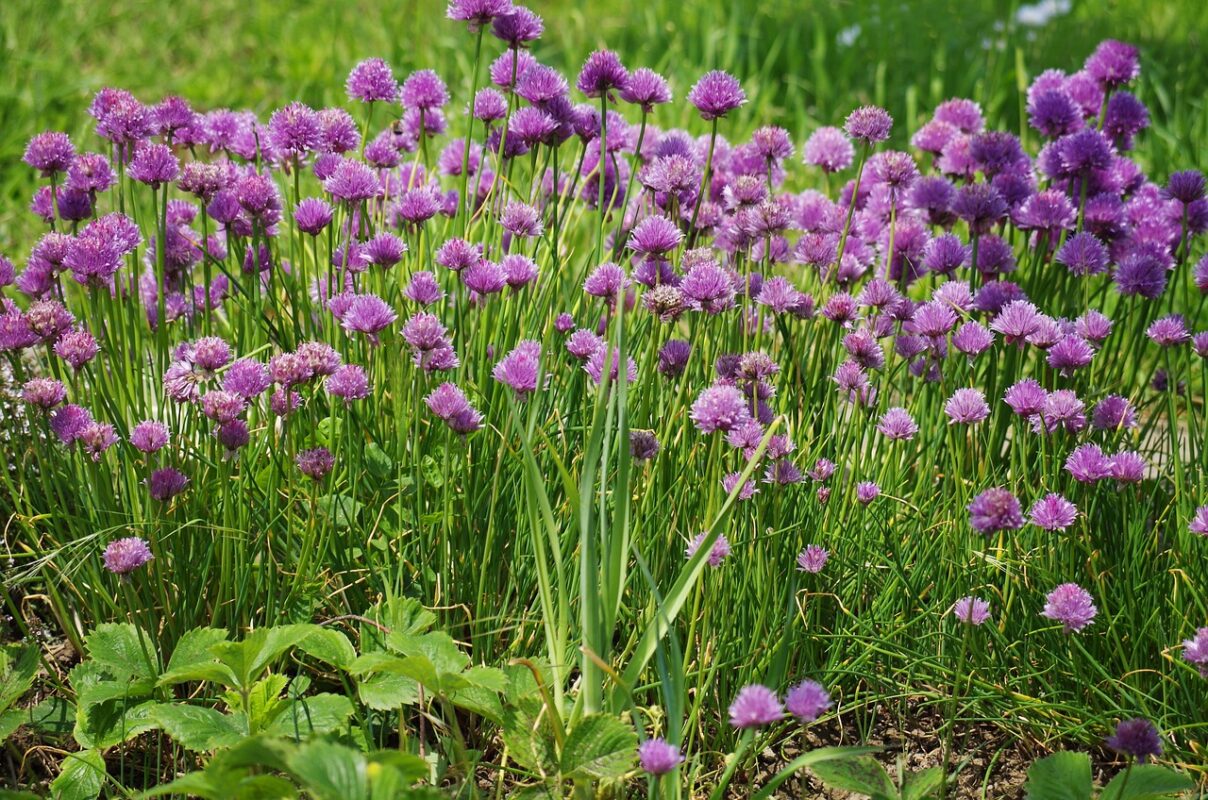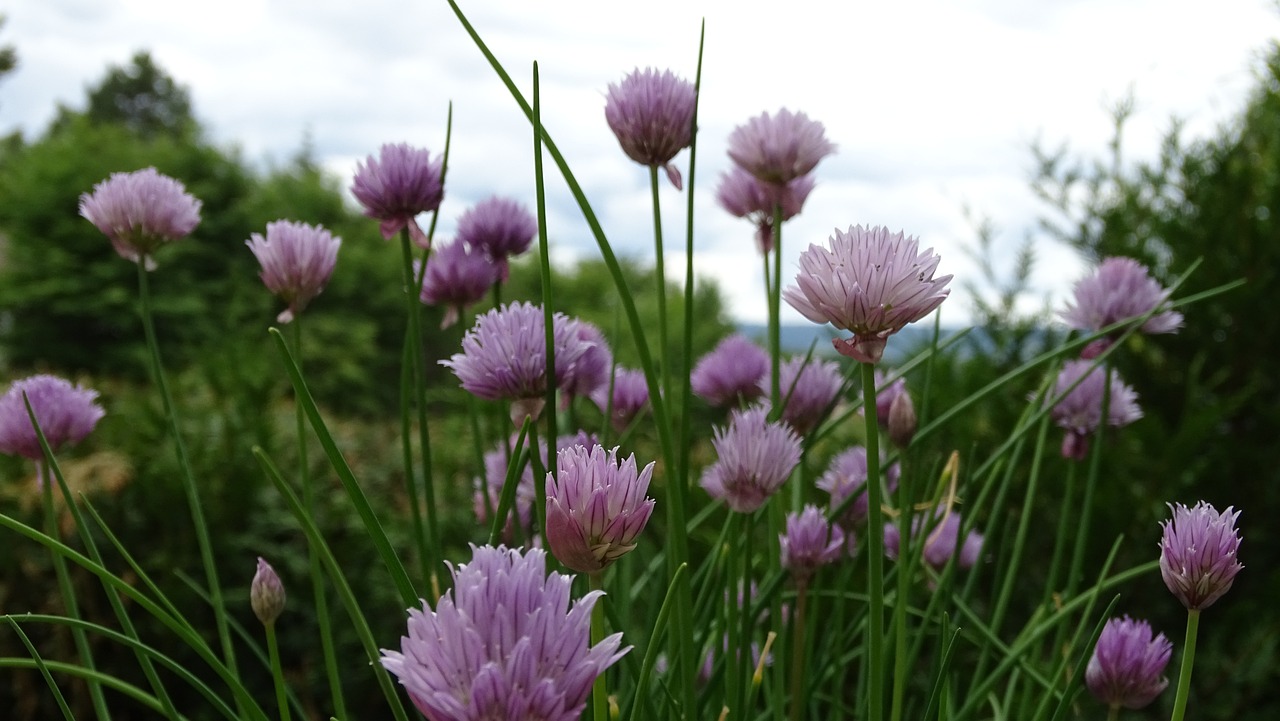IDENTIFICATION OF Allium schoenoprasum L.
Scientific name: Allium schoenoprasum L.
Italian common name: Erba cipollina.
Family: Amaryllidaceae
Origin: Central and Western Asia
Habit: The most primitive forms are Asian from which the European ones have evolved for different conditions. Circumboreal/Euro-Siberian area, but also North American.
Evergreen or deciduous: Deciduous
VEGETABLE RECOGNITION OF
Allium schoenoprasum L.
Height: 15 – 50 cm
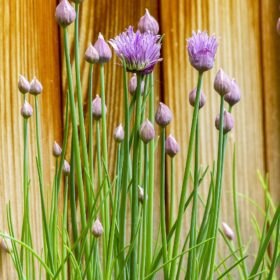
Width (extension): 15 – 50 cm
Habit: Herbaceous – bulbous perennial plant
Leaf: Radicals arranged in a spiral. The shape is elongated and very narrow: they are thin needles and form a straight tuft. The leaves are hollow (fistulose). If the leaves are cut at the base, they reform quickly forming a carpet vegetation.
Flower: Inflorescence in the shape of more or less hemispherical umbels, composed of 10 – 30 small flowers pink-lilac in the shape of a lily. The color of the flowers can also be (but rarely) white. Dimensions of the inflorescence: diameter 3 cm; height 7 – 13 cm. Length of the pedicels: 5 mm.
Flowering: June – August
Fruit: The fruit is of the type a capsule. The shape is vaguely triangular with three lodges each containing one-two seeds.
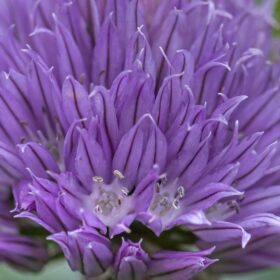
Properties: Repellent against many parasitic insects such as mites and aphids for nearby plants.
Perfume: Yes, of onion
NEED
Maintenance: Make sure the soil is moist.
Exposure to light: It prefers the sun, but does not have major problems even in partial shade.
Soil type:strong, strong Rich but light. The preferred substrate is both calcareous and siliceous with medium nutritional content which must be humid.
Soil acidity: PH neutral
Italian climatic area:
In Italy It is considered rare and is found in the Alps and in the Northern Apennines.
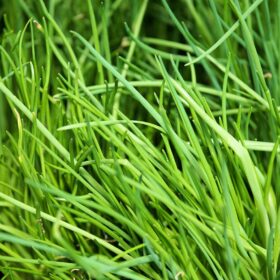
Water Need: Medium, moist soil.
Diseases: Black aphids and the onion fly
SPECIAL FEATURES:
The stems should not be torn off, but cut with a sharp blade so as not to create situations favorable to bacteria and to facilitate their regrowth. A cut is made about an inch and a half from the ground.
In the first year of the plant, it can be harvested 4 or 5 times. In the following seasons it is possible to cut the chives monthly
It differs from garlic in its roots: chives do not have a bulb but small cloves with fasciculate roots.
These bulbils have an oval shape which, when the plant reproduces, develop very close to each other. The proximity, in the growth although contained, makes this herbaceous look like a shrub.
Its roasted root was used as a substitute for coffee.
The name of the genus comes from the Celtic All which means “burning”, the specific one from the Greek schoinos (or skhoinos) “ropes made of rushes” and prasòn “leek”. The leaves in fact recall those of the rushes and the taste resembles that of the leek.
The multiplication is done by dividing the groups of bulbils leaving them 4-5 per group.
Annotations
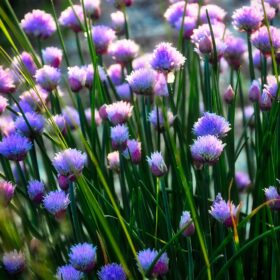
Known for their antiscorbutic properties due to the presence of vitamins, antiseptic, callifuge, hypoglycaemic (decreases blood glucose), healing and vermifuge, the species of the genus Allium are indicated for the prevention of cardiovascular diseases, to decrease blood pressure values, for the improvement of blood circulation and as a contrast to arteriosclerosis.
In the kitchen
It is used almost exclusively fresh because the delicate aroma fades quickly. The leaves and bulbs are used to flavor crépes, soups and salads, to flavor cheeses to flavor sauces and butter, but also fish.
The elastic stems are used to bind preparations, while the flowers are edible and have a delicate onion flavour.
If in the right condition it can be considered slightly weedy. In the vase then put it alone or inside a smaller vase.
Now on horseback! Work awaits us! Our new wonderful outdoor space is about to be born!
GOOD WORK and…if you have any questions, write to info@ilmondodelgiardino.com
Image sources: thanks to Pixabay and in particular Andrea for the cover photo, Miriam Pereluk for the photo on social media, Brigitte Werner for the whole plant, Andreas Göllner for the detail of the flower, Andreas Lischka for the leaves, Mark Martins for the plant at sunset, Rhein-Main Nachrichten for the plant with a mountain background.
